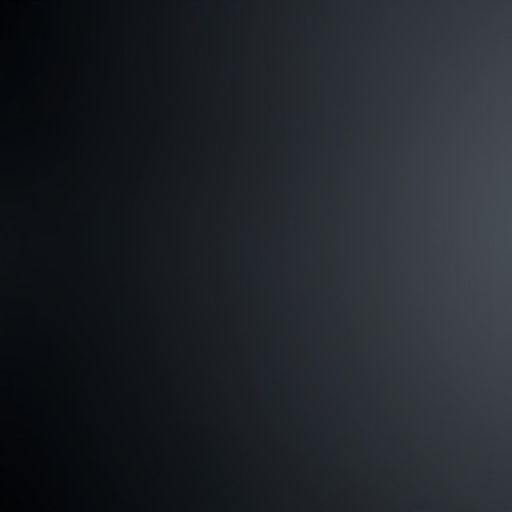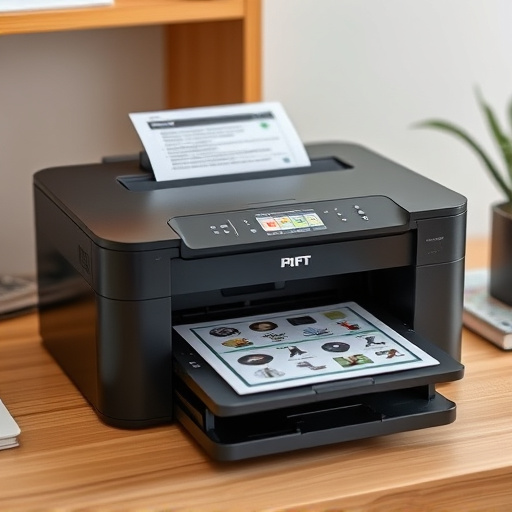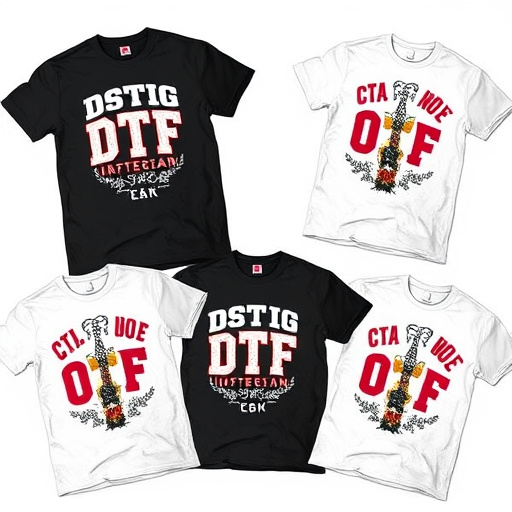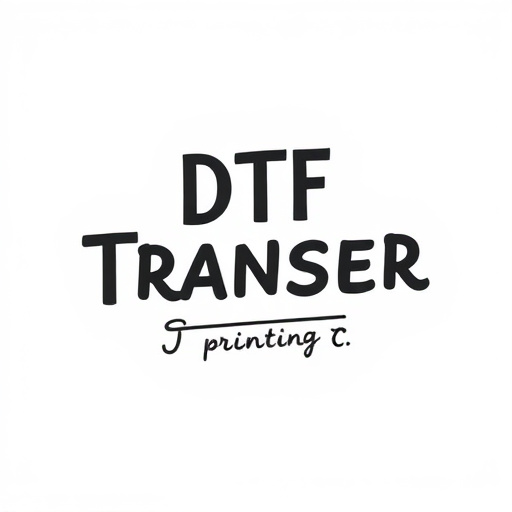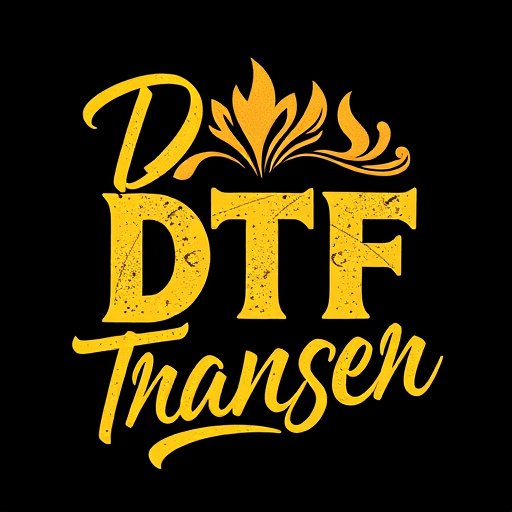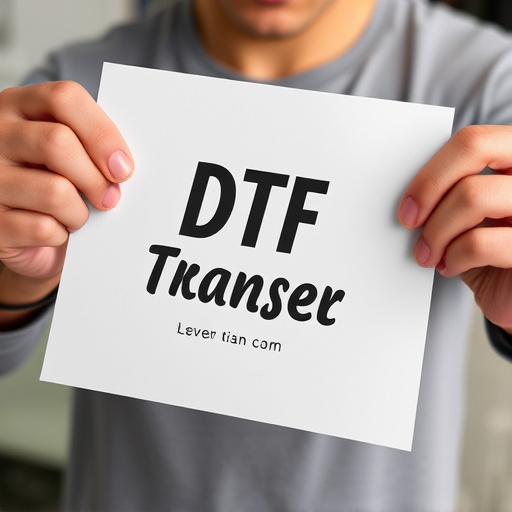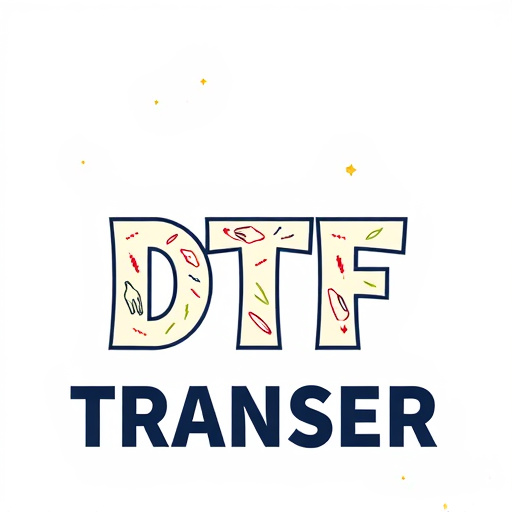Direct-to-Film Transfers (DTF Prints) are a cutting-edge branding strategy, offering high-quality, durable prints with vibrant colors and intricate details suitable for diverse marketing applications. Ideal for outdoor advertising, pop-up stores, and event displays, DTF prints can withstand various conditions and provide consistent visuals across touchpoints. Choosing the right materials ensures longevity, while careful design considerations optimize scalability and versatility for unique brand placements on various shapes, sizes, and textures. Real-world case studies demonstrate DTF Prints' ability to enhance brand visibility, engagement, and sales in competitive markets.
In today’s visual-driven market, businesses seek innovative branding strategies, and Direct-to-Film (DTF) transfers offer a unique and eye-catching solution. This article explores the world of DTF prints, a game-changer for brand visibility. We’ll uncover the benefits, from enhancing product aesthetics to their role in effective marketing. Learn about material selection, design principles, and creative application ideas that make DTF prints stand out. Discover real-world examples of businesses that have harnessed this technology, leaving an indelible mark in the competitive market landscape.
- Understanding Direct-to-Film Transfers (DTF Prints): A Unique Branding Approach
- Advantages of DTF Prints for Business Branding
- Choosing the Right Materials for DTF Transfers
- Design Considerations for Effective DTF Branding
- Application and Placement Ideas for DTF Prints
- Case Studies: Successful Businesses Using DTF Prints
Understanding Direct-to-Film Transfers (DTF Prints): A Unique Branding Approach
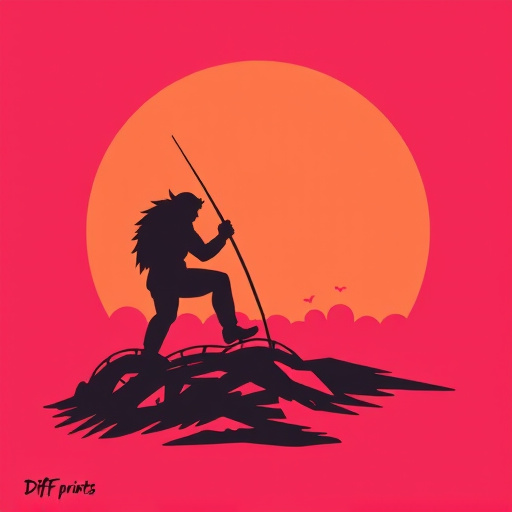
Direct-to-Film Transfers (DTF Prints) offer a unique and innovative branding approach, revolutionizing the way businesses present their identities. This cutting-edge technique involves transferring brand designs directly onto film, creating high-quality, durable prints that can be applied to various marketing materials. DTF Prints are not just about visual appeal; they provide an efficient solution for brands aiming to create consistent, eye-catching visuals across multiple touchpoints.
By adopting DTF Prints, businesses can achieve a distinct visual impact. This method allows for intricate designs, vibrant colors, and precise details, ensuring that brand messaging is both memorable and impactful. Whether it’s for promotional posters, event banners, or even merchandise, DTF Prints offer versatility and a level of customization that traditional printing methods struggle to match. This approach is particularly appealing to creative businesses seeking to stand out in a crowded market.
Advantages of DTF Prints for Business Branding

Direct-to-film (DTF) prints offer a host of advantages for business branding, making them an increasingly popular choice among marketers and designers. One of the key benefits is their exceptional quality; DTF technology produces vibrant, high-resolution images that pop on various media types, from billboards to posters and even packaging. This visual impact can significantly enhance brand recognition and recall.
Additionally, DTF prints are versatile and efficient. They allow for quick turnaround times, enabling businesses to swiftly respond to market demands or time-sensitive marketing campaigns. Moreover, this printing method supports a wide range of materials, allowing brands to create cohesive and impactful cross-media experiences. From outdoor advertising to pop-up stores and event displays, DTF prints offer a dynamic and effective solution for businesses seeking to establish and reinforce their brand identity.
Choosing the Right Materials for DTF Transfers
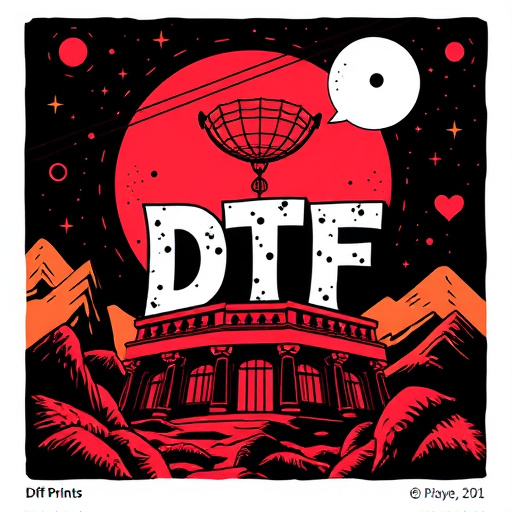
When it comes to direct-to-film (DTF) transfers, selecting the appropriate materials is a pivotal decision that significantly impacts the final product’s quality and durability. The choice of materials depends on various factors, including the intended use of the branding element, environmental conditions, and desired aesthetic. For outdoor applications, such as vehicle wraps or building facades, robust materials like high-performance vinyls or polyurethanes are ideal. These materials offer superior resistance to UV exposure, weather conditions, and scuffs, ensuring the branding remains vibrant and intact for extended periods.
On the other hand, for indoor use cases like office walls or retail displays, more flexible and lightweight options like gloss or matte laminates can be considered. DTF prints on these materials provide excellent color accuracy and a smooth finish, making them suitable for showcasing brand graphics in controlled environments. The right material selection not only guarantees the longevity of the branding but also contributes to the overall visual appeal, ensuring your brand message is effectively communicated to the intended audience.
Design Considerations for Effective DTF Branding
When designing branding elements for direct-to-film (DTF) transfers, several key considerations come into play to ensure effectiveness and high-quality results. First, it’s crucial to understand that DTF Prints require intricate detail and vibrant colors to translate well onto various surfaces. The design should be optimized for both digital and physical mediums, balancing visual appeal with practicality. This means using high-resolution assets and ensuring the branding is scalable without losing its integrity.
Additionally, the design must account for the specific application method of DTF Prints. Since these transfers are applied to surfaces like clothing or packaging, the design needs to be versatile enough to adapt to different shapes, sizes, and textures. Consideration should also be given to the target audience and brand messaging, as the design should effectively communicate the brand’s identity and values while standing out in a competitive market.
Application and Placement Ideas for DTF Prints
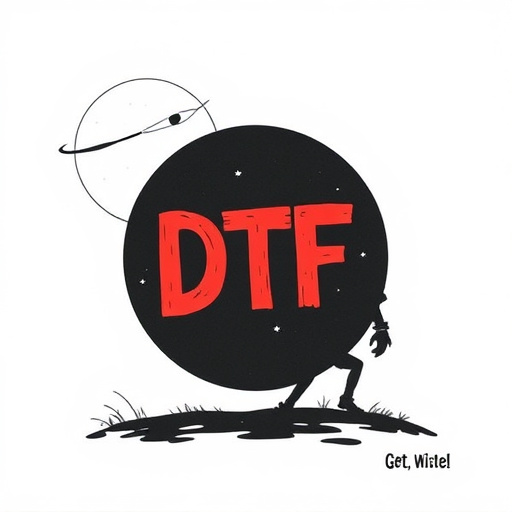
Direct-to-film (DTF) prints offer a versatile canvas for branding, allowing businesses to explore creative application and placement ideas. One unique approach is to incorporate DTF designs onto product packaging, transforming ordinary boxes or bottles into visually appealing displays that capture attention. By printing high-resolution graphics and intricate patterns, brands can create a memorable unboxing experience, enhancing the overall customer perception.
Additionally, DTF technology enables the customization of various promotional materials like banners, posters, and even clothing. For example, businesses can strategically place their logos or catchy slogans on merchandise, making them instantly recognizable. In the context of events, DTF prints can be utilized for creative backdrops, table covers, or decorative items, adding a distinctive brand identity to conferences, trade shows, or marketing campaigns.
Case Studies: Successful Businesses Using DTF Prints

Many successful businesses have already embraced the power of DTF Prints in enhancing their branding efforts. Case studies show that direct-to-film transfers can significantly elevate a brand’s visibility and recognition, especially when applied to various marketing materials. For instance, a tech startup used DTF prints on their product packaging, allowing them to stand out on crowded retail shelves with vibrant, high-quality graphics that showcased their innovative design.
In another scenario, an apparel brand incorporated DTF technology into their limited-edition clothing line, creating unique and eye-catching designs that quickly became collectibles among enthusiasts. This strategy not only boosted sales but also generated significant online buzz and social media engagement, solidifying the brand’s position in a competitive market. These real-world applications demonstrate how DTF Prints can be a game-changer for businesses seeking to leave a lasting impression.


